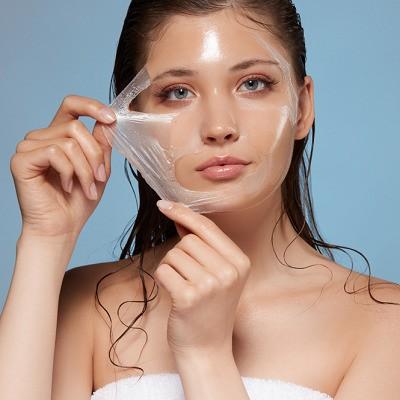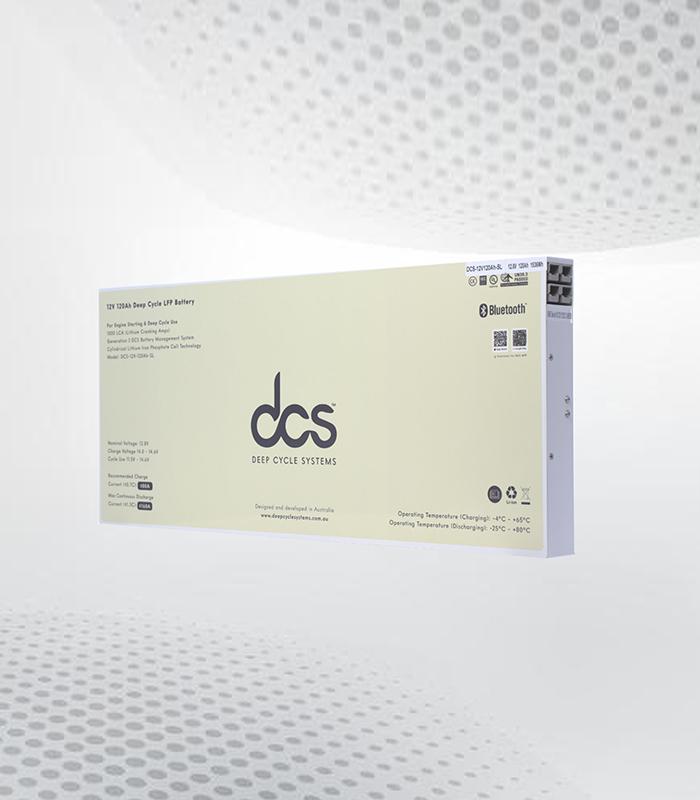What to Expect from a Chemical Peel Treatment in Islamabad

If you’re considering a chemical peel treatment in Islamabad, you’re not alone. Chemical peels in Islamabad have become one of the most popular non-invasive cosmetic treatments for addressing a wide range of skin concerns, such as acne scars, pigmentation, sun damage, and signs of aging. But, like any skincare treatment, it’s important to know what to expect before, during, and after the procedure to ensure a smooth and successful experience.
In this blog, we’ll break down everything you need to know about chemical peels, what to expect from the treatment in Islamabad, and how to achieve the best results.
What is a Chemical Peel?
A chemical peel is a skincare procedure where a chemical solution is applied to the skin, causing the outer layers of the skin to exfoliate and peel off. The process reveals fresh, new skin underneath, which can be smoother, clearer, and more youthful in appearance. Chemical peels can be used to treat a variety of skin issues, including:
- Acne and acne scars
- Hyperpigmentation (dark spots)
- Fine lines and wrinkles
- Uneven skin tone
- Sun damage
- Rough or textured skin
Depending on the type of peel you undergo (light, medium, or deep), the chemical solution will target different layers of the skin, allowing for either a more superficial exfoliation or a deeper rejuvenation.
1. Pre-Treatment Expectations
Before you undergo a chemical peel in Islamabad, it’s essential to prepare your skin and yourself for the procedure. Here’s what you should expect in the days or weeks leading up to your treatment:
Consultation with a Dermatologist:
- A consultation with a licensed dermatologist or skincare professional is the first and most crucial step. During this consultation, your dermatologist will assess your skin type, examine any problem areas, and determine which type of peel is best suited for your skin.
- The dermatologist will also ask about your medical history, any previous skin treatments, and any allergies or sensitivities you may have. This is important to ensure that you’re a good candidate for the treatment.
Pre-Treatment Guidelines:
- To ensure the best results, you may be advised to follow some pre-treatment guidelines, such as:
- Avoiding sun exposure: For at least two weeks before the treatment, avoid sun exposure and tanning beds. Sunburned or irritated skin may not react well to the chemical peel.
- Stopping certain skincare products: Your dermatologist may recommend discontinuing the use of products that can irritate your skin, such as retinoids or exfoliating treatments, in the days leading up to your peel.
- Hydrating your skin: Moisturizing your skin and keeping it well-hydrated will help the peel process go more smoothly.
Why It’s Important in Islamabad: Islamabad's sunny climate means you’ll need to be extra cautious about sun exposure before your chemical peel, as the intense UV rays can make your skin more sensitive. Protecting your skin from the sun can reduce the risk of post-treatment pigmentation or scarring.
2. During the Treatment: What to Expect
The chemical peel treatment itself is relatively quick, typically lasting between 20 to 45 minutes, depending on the type of peel you’re receiving. Here’s a step-by-step look at the procedure:
Cleansing:
- The dermatologist will begin by thoroughly cleansing your skin to remove makeup, dirt, and oils. This step is essential to ensure the chemical solution can penetrate your skin effectively.
Application of the Chemical Solution:
- Once your skin is clean, the dermatologist will apply the chemical solution to your face. The solution may contain ingredients like glycolic acid, salicylic acid, or trichloroacetic acid (TCA), depending on the type of peel being used.
- The solution will be left on the skin for a specific period, anywhere from 5-15 minutes for lighter peels to up to 30 minutes for medium or deep peels.
Sensation During the Peel:
- As the solution works, you may feel a mild tingling, stinging, or even a burning sensation. This is completely normal and indicates that the peel is exfoliating your skin.
- If the sensation becomes too intense, the dermatologist will be able to adjust the treatment to ensure your comfort.
Neutralization (for Some Peels):
- For certain types of peels, the dermatologist will neutralize the chemical solution after it’s left on your skin for the required amount of time. This step is usually necessary for stronger peels to stop the chemical reaction and avoid further irritation.
Post-Peel Treatment:
- After the peel is removed, your dermatologist may apply a soothing serum or moisturizer to help calm your skin and reduce any immediate redness or irritation.
Why It’s Important in Islamabad: During the summer months, the heat and humidity in Islamabad can make the skin more sensitive. This is why it's vital to choose a clinic that uses professional-grade products and equipment to ensure your treatment is as comfortable as possible.
3. Post-Treatment: Aftercare and Recovery
After your chemical peel, you’ll need to follow a few simple aftercare steps to ensure the best results and avoid any complications. Here’s what you can expect in the days following your treatment:
Immediate Aftereffects:
- Redness and irritation: After the peel, your skin may appear slightly red, and you may feel some irritation or tightness. This is completely normal and should subside within a few hours to a day.
- Peeling: Depending on the depth of the peel, your skin will start to peel in the days following the treatment. Light peels typically result in mild peeling, while medium and deep peels can cause more noticeable shedding. This process is essential for revealing fresh, new skin.
Post-Treatment Guidelines:
- Moisturize: To keep your skin hydrated and prevent excessive dryness, use a gentle moisturizer as recommended by your dermatologist.
- Avoid direct sun exposure: It's crucial to avoid direct sun exposure for at least 7-10 days after your chemical peel. Always wear broad-spectrum sunscreen with an SPF of 30 or higher to protect your skin from harmful UV rays.
- Avoid harsh products: In the days following your peel, avoid using exfoliating or abrasive products that could irritate your sensitive skin.
- Don’t pick at your skin: Although it may be tempting, avoid picking or peeling off the flaking skin. Let your skin shed naturally to prevent scarring or infections.
Why It’s Important in Islamabad: With Islamabad’s high UV exposure, diligent sun protection after your treatment is vital to prevent pigmentation issues and ensure the best results. The cooler months may provide a more comfortable environment for recovery, but sun protection is crucial year-round.
4. Results and Maintenance
Visible Results:
- For lighter chemical peels, you may notice smoother, more even-toned skin within a few days.
- For deeper peels, it may take a few weeks to see the full results as your skin continues to shed and regenerate.
Maintenance and Follow-Up:
- While results can be long-lasting, you may need multiple treatments to achieve your desired results, especially for more significant skin concerns like acne scars or deep wrinkles.
- Your dermatologist may recommend a maintenance plan to keep your skin looking its best, including follow-up peels or other treatments.
Conclusion
A chemical peel in Islamabad can be a game-changer for those looking to rejuvenate their skin and tackle issues like acne, hyperpigmentation, or signs of aging. With proper preparation, care, and professional guidance, chemical peels can help reveal a smoother, clearer, and more youthful complexion. Be sure to consult with an experienced dermatologist to find the right peel for your skin and get the best results from your treatment.






